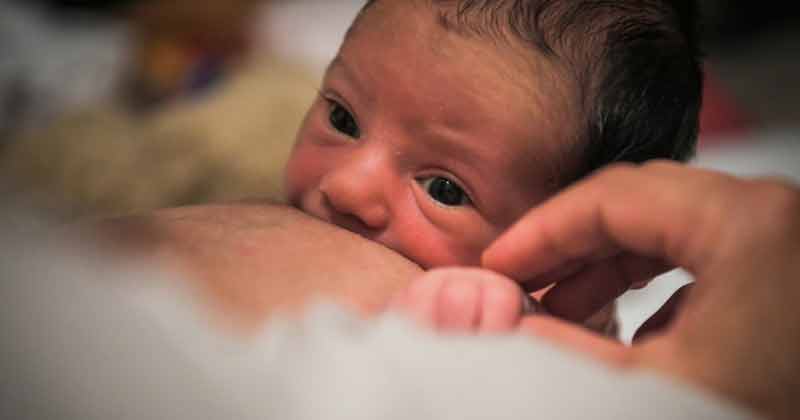Clearly, it has to be said that the low-birth rate in Italy is the country’s latest problem, but one that needs immediate action in order to sustain the future.
So if you were ever wondering as to which EU country happens to be the least procreative, then you don’t need to look any further than Italy. And it ought to be reminded that Finland, after all, isn’t the only country in all of Europe to be stymied by the concern surrounding low birth rates.
And truth be told, the low birth-rate in Italy isn’t a brand new development, it ought to be said. The genesis of this problem takes one a few years back in time. And one has to think of 2018. But why exactly?
After all, it was in 2018 when the concern regarding the low-birth rate in Italy really took shape and made far-reaching headlines in private and national press.
Italy’s birth rate hit a new record in 2018. It is, therefore, utmost important that the state and the parents ‘would-be’ interact and meaningfully so if the country is to sustain its future and make it a promising one.
But first up, just how low was the overall birth-rate in the whole of Italy back in 2018? It is estimated that some 4,64,000 births were registered in the country and not more. This made it the lowest (ever) record in the nation’s history.
The real concern stems once you decode this number and engage in some number crunching. For a total of 4,64,000 births in totality, one understood it to be around 8 births per 1,000 inhabitants, which wasn’t a promising figure.
Then comes the voice of the experts. According to a demographer in the University of Bologna, in the words of Francesco Scalone, “that is when Italy’s birth rate got dangerously low.”

That said, here is what a local media platform The Local.it had to elaborate on the said issue:
Declining fertility rates, combined with longer life expectancy, has left Italy with a significantly older population. Its median age is now 45.9 years compared to the EU’s median of 42.8, higher than any other European country except Germany.
Faced with this demographic crisis, Italy’s government has chosen to focus on what it can do to curb its shrinking and aging population.
The country has already begun examining different situations that encourage parents to have children. But how exactly one must ask?
Here is a confirmed piece of information: Italian parents will receive up to three times as much money for each child under three to cover their nursery or babysitter fees- up from the current €1,000 to €3,000 per year– although this will be dependant on the applicants’ income.
Italy’s Democratic Party has proposed that from 2021 a “children cheque” of €240 a month is given to parents for each of their children under the age of 18 and €80 for dependent young adult offspring under the age of 26.
This would be available to all families whose yearly income is under €100,000.
But whatever financial stimulus the government ends up deciding for the Italian population, what remains of critical importance is to prioritize a plan and urgently so, so that the country can combat a real crisis that has already done more than knocking on the nation’s doorsteps.


